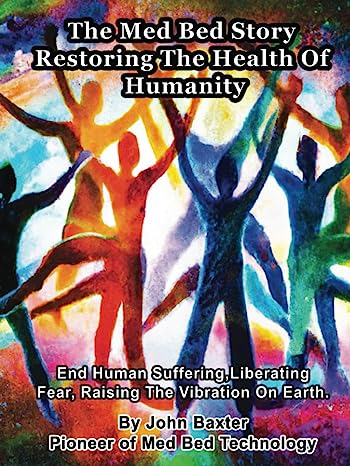Sleep is not just a passive state of rest, but a complex, active process vital to our well-being. The science of sleep cycles unravels how our brains and bodies rejuvenate overnight. In the context of biohacking, understanding these cycles is crucial for optimizing sleep. This article dives deep into the science of sleep cycles, providing insights and strategies for leveraging this knowledge to biohack your way to better rest and recovery.
The Basics of Sleep Cycles
Sleep is divided into several cycles, each lasting approximately 90 to 120 minutes. These cycles are comprised of different stages: NREM (Non-Rapid Eye Movement) and REM (Rapid Eye Movement) sleep. NREM is further divided into three stages: N1 (light sleep), N2 (intermediate sleep), and N3 (deep sleep).
-
NREM Sleep:
- N1: This initial phase acts as the bridge between wakefulness and sleep, lasting a few minutes. It's characterized by slow eye movements and reduced muscle activity.
- N2: During this phase, the body goes into a more subdued state with no eye movement, decreased heart rate, and lower body temperature. This stage constitutes the majority of our sleep time.
- N3: Known as deep or slow-wave sleep, this stage is crucial for physical recovery, immune function, and memory consolidation.
-
REM Sleep: This phase is associated with vivid dreams, rapid eye movements, and increased brain activity. REM sleep is essential for emotional regulation, learning, and memory processing.
Understanding Sleep Cycles for Biohacking
Biohacking sleep begins with understanding and respecting these natural cycles. Disturbances in the NREM and REM phases can lead to suboptimal rest and a host of health issues. By aligning our sleep habits with these natural rhythms, we can enhance sleep quality, mood, cognitive function, and overall health.
Techniques for Optimizing Sleep Cycles
-
Consistent Sleep Schedule: Align your sleep and wake times with your natural circadian rhythm. Going to bed and waking up at the same time every day, even on weekends, reinforces your body's sleep-wake cycle.
-
Controlled Light Exposure: Exposure to natural light during the day and limiting light exposure in the evening can help maintain healthy circadian rhythms. Consider using blue light filters on electronic devices in the hours leading up to bedtime.
-
Pre-Sleep Routine: Establish a calming pre-sleep routine to signal to your brain that it's time to wind down. Activities might include reading, taking a warm bath, or practicing relaxation techniques.
-
Sleep Environment Optimization: Ensure your sleeping environment is conducive to rest. This includes maintaining a cool, dark, and quiet bedroom.
-
Diet and Exercise: Regular physical activity and a balanced diet can improve sleep quality. However, avoid heavy meals, caffeine, and intense workouts close to bedtime.
-
Mindfulness and Relaxation: Practices such as meditation, deep breathing, or progressive muscle relaxation can help prepare your mind and body for sleep.
Monitoring and Adjusting Based on Sleep Cycles
-
Sleep Tracking: Utilize sleep trackers or smartwatches to monitor your sleep patterns. Analyzing your sleep cycles can help identify disruptions and guide adjustments to your routine.
-
Journaling: Keep a sleep diary to record factors that might affect your sleep, such as stress, diet, or exercise. This can help you identify patterns and tailor your biohacking strategies accordingly.
-
Professional Consultation: If you're struggling with sleep despite implementing these techniques, consider consulting a sleep specialist. They can provide personalized advice and identify underlying issues.
Conclusion: Empowering Sleep with Science
By understanding the science behind sleep cycles, we can take proactive steps to enhance our sleep quality. Biohacking sleep isn't about quick fixes; it's about making informed, gradual changes that align with our body's natural processes. Armed with this knowledge, you can transform your sleep from a mere necessity to a powerful tool for health and well-being optimization.




